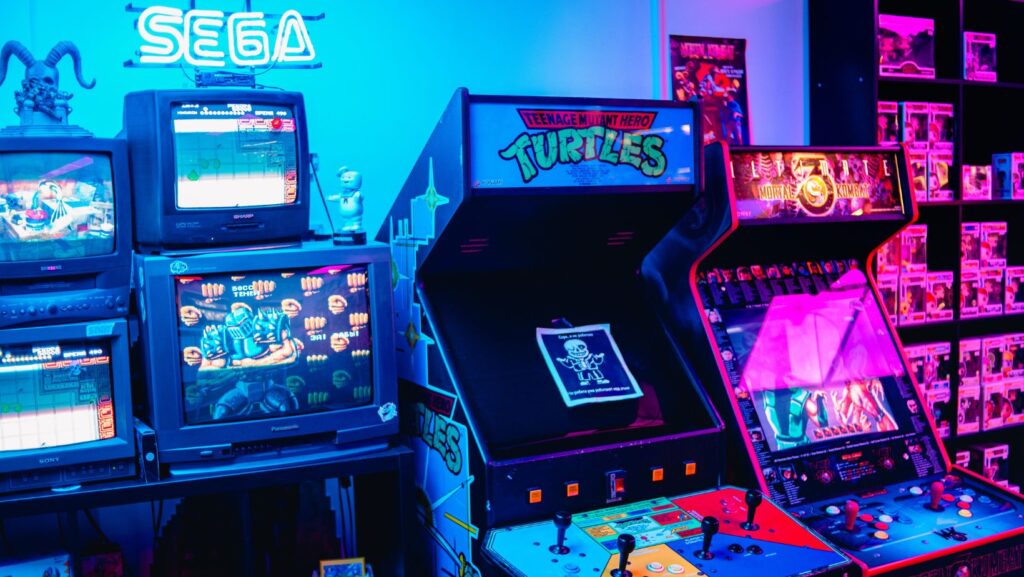In the world of modern slots, wins and losses happen in milliseconds — but it’s the visuals that anchor the player’s perception. While sounds, animations, and themes get the spotlight, there’s another quiet performer shaping user behavior: the RTP indicator. These subtle stats influence decisions, moods, and confidence, even when players aren’t consciously watching. On platforms like the pari app, where sleek design meets fast-paced engagement, the way these numbers are presented is just as important as what they mean.
Explaining RTP to People Who Don’t Get Math
Return to Player (RTP) is a rudimentary idea. It is the hypothetical proportion of played money that a slot game returns over its lifetime. Taking an example, there is a game that has a 96.3 percent RTP, which will average 96.3 units back per 100 units bet.
Nonetheless, the majority of the players do not reason statistically. They look, and they tend to feel, and RTP indicators and – specifically – indicators that are built with movement, color, or placement clues all find their way into the back of the mind of a player. On the pari app, this can equate to a nudge in the direction of games that are seen (or not) to be more generous, a nudge that is not spoken.
The Result of the Dialogue between Behavior and the Visual Presentation
Creators of slot games put as much time into psychology as code. RTP images are customized to form rapport and connection. This is how they can affect real-time users:
- Colors generate tone: a green placed RTP meter indicates some form of safe zone, and this promotes longer play.
- The motion conjures up life: Even slight motions of change, a flashing number or gently updating meter, imply life, and possible profits; something is happening.
- Familiar positioning creates habits: RTP is always in the top-right corner and has become a reflexive checkpoint for the players between spins.

In the long run, this then adds preparation to the brain of the user to remember that the high RTP images mean a higher possibility of success, which is not actually accurate at short speeds.
Perceptual Vision and Placement Psychology
The transfer of crucial but not urgent information to the edge is the major strategy in UI design. As opposed to buttons or bonus triggers, RTP does not have to scream. It is more efficient when it talks in a low voice:
- Top corners allow the players to avoid serious focusing.
- Solemnity is promoted with static images; the light animation gives an impression of freshness.
This combination of conceit within invisible design makes the users feel that they are in control of the environment in certain apps e.g., the pari app, the users get the feeling as though they are reading the room and moving in on it.
Leaving the AoE neutralizes the character of the RTP indicators and makes them part of the background reasoning that the players use to base the decision they believe to be instinctive.
Playing to Consolidate Player Returns on Transparency
The players are looking to receive an immediate response in mobile-based casino games. They also ought to have faith in that feedback. This trust is contributed by RTP stats, which are conveniently and clearly shown when possible. Even those players who do not know the maths leave with a feeling of:
- At least I am clear on what the game has to offer.
- This is not a platform that is hiding anything.
- I will be able to make a better choice.
This is essential to the likes of the pari app. Themes and jackpots are not enough to bring players back to the table; rather, they want consistency. RTP, despite being silent, turns into a representation of fairness.
Loyalty in Game and Long-Term Behavior
Game switching and session length are also dependent on visible RTP. Player quitting does not happen when they face a cold streak; rather, they scan. The higher values of RTP then act as the tie-breaker between Game A and Game B. Even some form habits: “I only touch 96 per cent and above.”
- Having high RTP can make the games last longer, especially with the mild win animations.
- Even slight RTP (not softened, visually) may cause exits after a couple of spins.
Designers are aware of this. This is why the pari app tends to leave these indicators incorporated yet non-obstructive most of the time, where there is a fine line between disclosure and hint.
Final Thoughts
Numbers play games, and players are led by pictures. RTP indicators are more like other statistics, but their existence, in the case of every session, makes it quiet, consistent, and closely fashioned. They do not have to go all flashy and yell. He does not even have to be there, in the corner of the eye.
Platforms such as the pari app know about this power. They are not using it to deceive the players, but to inform players in a non-threatening manner, to provide them with the means to feel confident, acquainted, and interested, spin after spin.



